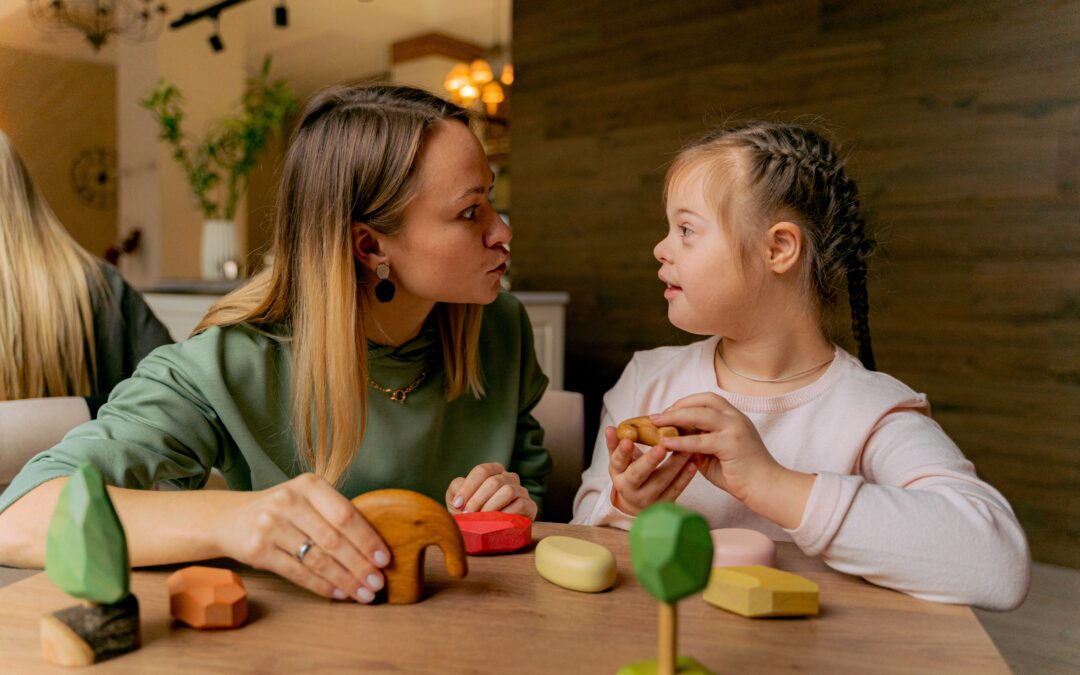
Supporting Special Educational Needs Learners
Education is a fundamental right for every individual, regardless of their abilities or disabilities. Inclusive education aims to ensure that all learners, including those with special educational needs (SEN), receive quality education in an inclusive and supportive environment. Supporting special educational needs learners is not only a legal and ethical obligation but also an opportunity to unlock their potential and promote their full participation in society.
In this week’s blog, we will explore the importance of supporting SEN learners, discuss effective strategies and approaches, and highlight the benefits of inclusive education.
1. Understanding Special Educational Needs
To provide effective support, it is crucial to have a clear understanding of special educational needs. Special educational needs encompass a wide range of conditions, including learning disabilities, developmental delays, sensory impairments, and behavioural disorders. Each learner is unique, and their needs can vary greatly. By recognizing and appreciating these differences, we can create an inclusive learning environment that caters to the diverse needs of all students.
2. Creating an Inclusive Classroom
An inclusive classroom sets the stage for supporting SEN learners. It involves fostering a sense of belonging, creating a supportive and respectful atmosphere, and promoting collaboration among students. Teachers play a pivotal role in designing and implementing inclusive teaching practices, such as differentiated instruction, multi-sensory learning, and assistive technologies. By adapting teaching methods and materials, educators can ensure that every learner has equal opportunities to succeed.
3. Individualised Education Plans (IEPs)
One of the most effective tools for supporting SEN learners is the Individualised Education Plan (IEP). An IEP is a personalised document that outlines the specific educational goals, accommodations, and support services required by each student. It involves collaboration among teachers, parents, and other professionals to develop a comprehensive plan that addresses the unique needs of the learner. Regular monitoring and evaluation of the IEP help in tracking progress and making necessary adjustments.
4. Assistive Technologies and Universal Design for Learning
Assistive technologies and Universal Design for Learning (UDL) are powerful tools that promote accessibility and inclusivity in the classroom. Assistive technologies, such as text-to-speech software, speech recognition tools, and sensory aids, help students overcome barriers and facilitate their learning process. UDL principles guide the design of instructional materials and activities, ensuring that they are accessible and beneficial to all learners, regardless of their abilities.
5. Collaborative Partnerships
Supporting SEN learners requires collaboration and partnerships among various stakeholders. This includes close communication between teachers and parents to exchange information, share insights, and establish common goals for the student’s progress. Additionally, involving specialists, such as speech therapists, occupational therapists, and psychologists, can provide valuable expertise and support to meet the unique needs of SEN learners.
6. Social and Emotional Well-being
Promoting the social and emotional well-being of SEN learners is equally important as addressing their academic needs. Creating a safe and inclusive environment that encourages empathy, respect, and acceptance fosters positive relationships among students. Implementing social-emotional learning (SEL) programs and providing counseling support helps SEN learners develop essential skills like self-awareness, self-regulation, and effective communication.
7. Professional Development and Teacher Training
To effectively support SEN learners, ongoing professional development and teacher training are crucial. Educators need to stay updated on the latest research, best practices, and interventions for supporting SEN learners. Investing in teacher training programs and providing access to resources, workshops, and seminars on inclusive education equips educators with the necessary knowledge and skills to meet the diverse needs of their students.
Conclusion
Supporting special educational needs learners is a collective responsibility that requires a whole-school approach, collaboration, and a commitment to inclusivity. By recognizing and valuing the unique abilities and needs
